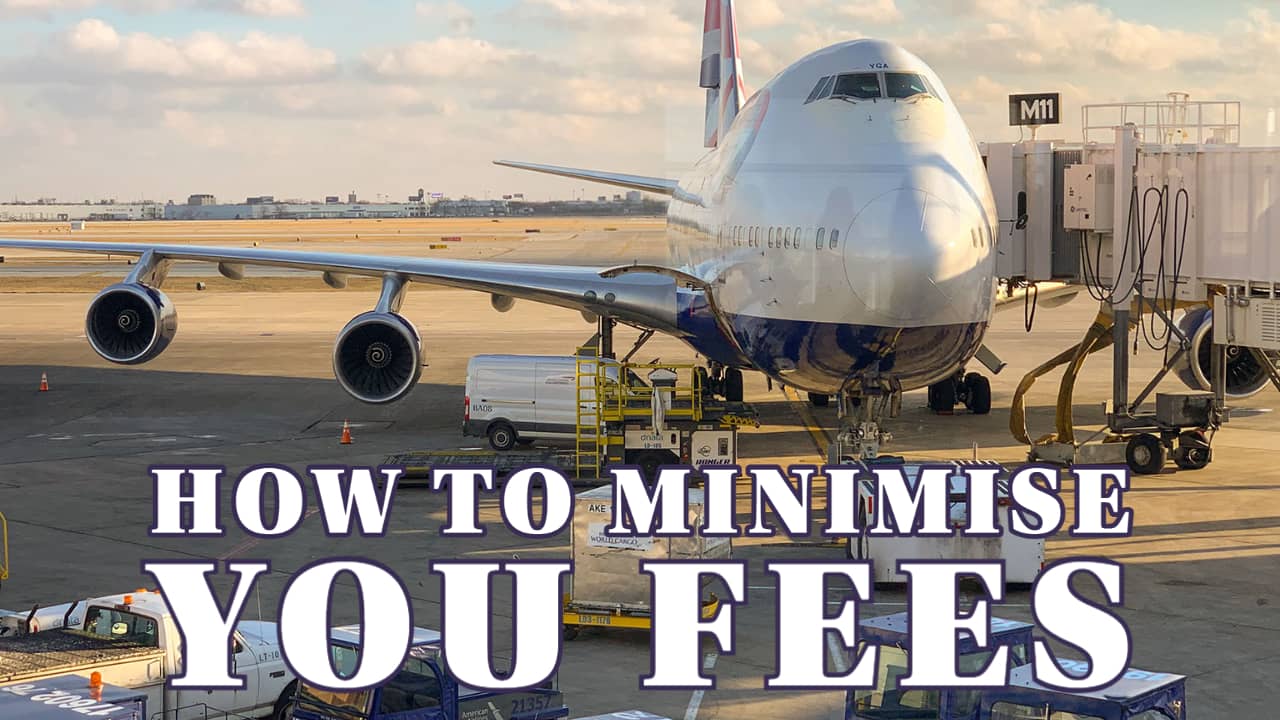
Cargo Insurance Costs & 3 Little-Known Issues You Must Avoid
6-minute read (10-minute watch)
You Will Learn:
- How to save money on cargo insurance
- The costs to insure your goods in New Zealand
- Three common mistakes that you need to avoid
- And other practical tips you can implement today!
Today we are going to talk about New Zealand cargo insurance costs and three little-known issues you must avoid.
The important thing to remember is that these are the estimates only. We are going to talk mainly about new goods because if you import or export used personal effects, vehicles or any perishable goods the estimates and prices will be much different.
#1. The Cost of New Zealand Cargo Insurance
Another significant fact to keep in mind is that the more goods you send, the cheaper your rate is. In this case, we are going to talk about a company that imports about every three months. If you import new commercial goods , you should allow at least 1% of the insured amount.
For example, if you import a shipment valued at about NZD 20,000 your insurance premium is going to be NZD 200 and so on. However, if you import less than NZD 20,000 worth of goods your insurance premium is still going to be NZD 200 because insurance companies have got minimum fees to cover their costs.
If you become a regular importer and start to import every month instead of paying NZD 200 every month and NZD 2,400 over a year, you may be able to negotiate a cheaper rate and save many thousands NZD in the long term.
I have just explained you briefly how much does it cost to buy New Zealand cargo insurance. It is going to be roughly 1% of the insured amount. And the best industry practice is to use the cost of the goods, add all your shipping fees and another 10%.
For example, if the cost of the goods is NZD 25,000 and your shipping fee is NZD 5,000 that is NZD 30,000 in total. Then add another 10% on top that is other NZD 3,000, and your insured amount should be NZD 33,000. I should say 1% of that is NZD 330. Therefore, your insurance premium is going to be NZD 330 to insure NZD 33,000 worth of goods.
Mistake #1: You Get Insurance from an Overseas Company or the Supplier
The first mistake that a lot of importers do is that they get insurance from the overseas company or they get the insurance from the supplier. This is not ideal even though your supplier is trying to help you and they give you at least something, and you have a choice to buy it or not.
But this is not the best insurance company that you can get. For example, if there is an insurance claim or something happens you have to get your money back as soon as possible. Imagine how it is going to play out for you. In many ways, this insurance company is based overseas, and you have to call them after hours. It is very inconvenient for you.
Another thing that can be is a language barrier. For instance, if they buy somewhere in Asia and it may not be the easiest way for you to communicate. Having an insurance company based overseas also gives you less control because a lot of insurance companies are governed by the New Zealand law.
You have better protection when you use the insurance company based in New Zealand. In many cases, if you cannot agree with the insurance company, you can visit their office having a personal meeting. If you do not understand something, they can meet you and explain.
Especially remember if you import something very available, if you have got a full container and the cost of the goods can be NZD 30,000 or NZD 100,000 or have purchased an insurance from a reputable company somewhere in Europe you still can have some struggles with getting full details, fast replies or having a chat with a real human. However, in my experience, if you do it in New Zealand, it is going to be more efficient for you.

Mistake #2: Your Insurance Policy Was Not Activated
The second common mistake is that your insurance policy may not be activated or some of the details do not meet the requirements that you have had in the first place. So how can this happen?
Imagine that your shipment has been arranged from overseas to New Zealand. You have emailed all the instructions to your insurance broker, and they have even emailed you back the insurance certificate. But there can be a human or computer error where this policy may not be activated.
To avoid this, you should send one quick email to this insurance company with a copy of the insurance certificate asking them to confirm in writing, whether this certificate has been activated and it has done in the benefit of your company or the company that you have specified.
Another thing to remember is that even though you have emailed all the instructions to the broker, how you want this insurance certificate to work and what kind of goods you want to cover, you still have to check the final document to make sure that it shows everything that you want on the document.
Some of the common mistakes on the insurance document can be wrong currency or the insured amount that is less than you want.
One of the facts that can be wrong on the documents is that they declare description of the goods. For example, you have some fragile items, but the insurance certificate says only non-fragile items. If you had something damaged or broken, the insurance company has a way out because you have paid less for something that is not fragile but you have got something that is fragile.
It is a high risk. Thus, you have to be careful and to read all the documents.
In the end, the insurance broker is the middleman, and although they are trying to help you, you pay them for a service to do the insurance. Even if you may be able to win the case in court, nobody wants to go through the tribunal.
Everyone wants to avoid mistakes, and in everybody’s benefit, it is to spend a couple of minutes, double-check the insurance certificate and make sure that everything is correct.
Mistake #3: You Do Not Get Options With Different Excess Amounts
The third mistake that a lot of companies do is that they do not get multiple options with different excess amounts. The excess is the amount you have to pay towards your insurance claim.
For instance, if you insure a full container valued at NZD 100,000, you can select a zero excess and pay NZD 1,000 in your insurance premium. But if you increase your insurance excess to NZD 2,000, your insurance premium can drop to NZD 500. If you do it on a regular basis in the long term, you can save thousands of dollars.
In any case, it does not cost you to ask for all the options. You can have different excess amounts, and you can select the ones that you are comfortable with.
In my situation, if it was my shipment, I would select the highest possible access that my business can afford because the chances that something happens and you have a big loss are very little.
But it is a good thing to have insurance. It is a peace of mind. If you increase your excess, you can lower your costs by quite a bit.

Bonus Tip: Take Pictures of Your Goods
I will give you a bonus tip. It is going to be easier for you whether you have insurance or not is to take photos of the goods while it is still in the factory of your supplier. Thus, you have a better chance to show to the insurance company or your freight forwarder of the conditions of the goods before it has been damaged.
In some ways, the insurance company, the freight forwarder or the warehouse can blame the importer or the exporter saying that they have already received these goods that have been damaged or your supplier has not packaged them properly.
However, if you have had the photos it is going to be a solid proof for you to show them that you have had proper packaging, your goods have not been damaged. It is going to speed up your resolution process.
P.S. We’d love to answer any of your questions! Contact us now . Do you know of other people that will find this article useful? Please share it on social media. Thank you!
